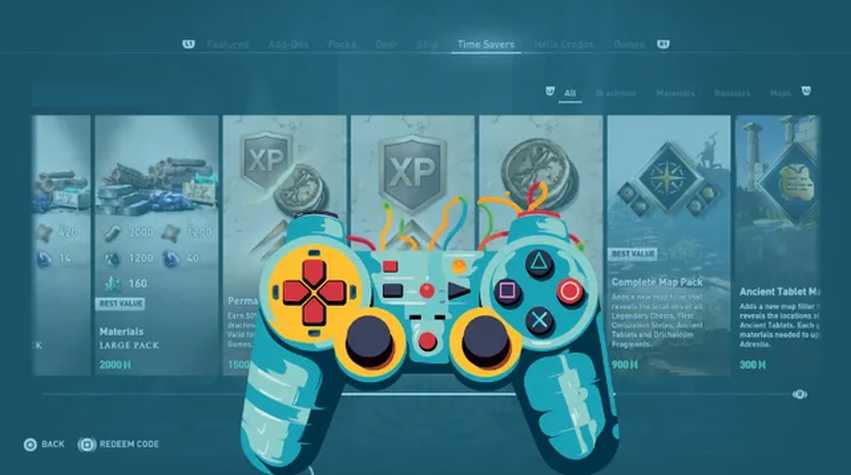Startup Growth: How Startups Are Using Microtransactions to Boost User Retention and Keep Users Coming Back

Startups live and die by retention. Acquiring users is expensive, but keeping them engaged is where real growth happens. Increasingly, founders are borrowing a play from gaming and digital services: microtransactions. These small, low-friction payments don’t just unlock new revenue streams — they build habits that keep users coming back. For early-stage companies fighting for attention, the model offers a powerful way to drive loyalty without heavy upfront costs.
The gaming industry has long proven this point. Microtransactions transformed games from one-time purchases into recurring engagement engines, fueling both growth and retention. Startups outside gaming are beginning to recognize the same opportunity — adopting low-barrier entry points that make it easier for users to commit, spend, and stick around.
But with opportunity comes competition. Whether you’re a scrappy startup or an established platform, the lesson is clear: microtransactions can level the playing field. By lowering friction and encouraging repeat interaction, they offer startups a proven strategy to drive growth while challenging incumbents on their own turf.
What Is a Startup?
A startup isn’t just a new business — it’s a company built to scale fast by taking big bets on innovation. Unlike traditional businesses, startups often burn capital early to grow quickly, secure users, and establish themselves before competitors catch up. The goal is speed, impact, and, ultimately, retention.
In gaming, microtransactions changed the rules. By lowering the cost of entry with small, low-friction payments, studios turned one-time players into long-term customers. Casino startups are applying the same principle. A no-deposit bonus or a $10 minimum deposit casino functions like a microtransaction: it lowers the barrier to entry, gives users a taste of the product, and encourages them to stick around. These small commitments reduce risk for new players while building habits that drive repeat engagement.
For casino startups, this model is more than just a marketing tactic. It’s a growth engine in a hyper-competitive space where acquiring users is expensive and loyalty is everything. By lowering barriers and making premium gaming experiences more accessible, these startups create engagement loops that rival even the biggest incumbents.
Learning from Established Platforms That Offer Low Barriers to Entry
Startups may introduce fresh ideas, but established platforms often set the playbook for growth. In gaming, big platforms have long understood that lowering barriers to entry is the fastest way to attract and retain users — a lesson startups can’t afford to ignore.
Understanding Low Barriers to Entry
In game development, timing and execution matter as much as innovation. Established platforms know that the easier it is for users to start, the more likely they are to stick around. That’s why they:
-
Launch across multiple devices — from desktop to mobile — to remove access hurdles.
-
Refine gameplay mechanics and interfaces so new users can start without friction.
-
Offer free-to-play options that let users explore before committing.
These tactics work because they reduce upfront risk. Startups in any industry — not just gaming — can apply the same principle: make it effortless for users to try your product, then build retention on top of that first interaction.
Microtransactions as a Business Model
Lowering the barriers to entry is only half the story. Established platforms also use microtransactions to turn casual players into loyal customers. By offering low-cost add-ons, premium items, or limited-time offers, they encourage repeat spending and create engagement loops that drive retention.
For casino startups, this strategy shows up in familiar ways. A no-deposit bonus or a $10 minimum deposit casino acts like a microtransaction — easy to commit to, low risk, but enough to spark ongoing engagement. Over time, these small entry points translate into sustained loyalty and revenue.
For startups beyond gaming, the lesson is clear: combine low-friction entry points with microtransaction-style incentives, and you can compete with even the most established players.




